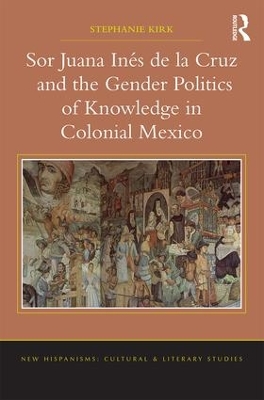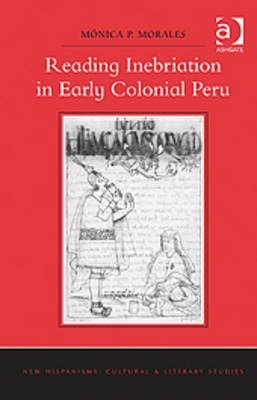New Hispanisms: Cultural and Literary Studies
3 total works
Sor Juana In�de la Cruz and the Gender Politics of Knowledge in Colonial Mexico
by Stephanie Kirk
Policing Gender and Alicia Gimenez Bartlett's Crime Fiction
by Nina L. Molinaro
Alicia Gimenez Bartlett's popular crime series, written in Spanish and organized around the exploits of Police Inspector Petra Delicado and Deputy Inspector Fermin Garzon, is arguably the most successful detective series published in Spain during the previous three decades. Nina L. Molinaro examines the tensions between the rhetoric of gender differences espoused by the woman detective and the orthodox ideology of the police procedural. She argues that even as the series incorporates gender differences into the crime series formula, it does so in order to correct women, naturalize men's authority, sanction social hierarchies, and assuage collective anxieties. As Molinaro shows, with the exception of the protagonist, the women characters require constant surveillance and modification, often as a result of men's supposedly intrinsic protectiveness or excessive sexuality. Men, by contrast, circulate more freely in the fictional world and are intrinsic to the political, psychological, and economic prosperity of their communities. Molinaro situates her discussion in Petra Delicado's contemporary Spain of dog owners, !Hola!, Russian cults, and gated communities.
Viewing a variety of narratives through the lens of inebriation imagery, this book explores how such imagery emerges in colonial Peru as articulator of notions of the self and difference, resulting in a new social hierarchy and exploitation. Reading Inebriation evaluates the discursive and geo-political relevance of representations of drinking and drunkenness in the crucial period for the consolidation of colonial power in the Viceroyalty of Peru, and the resisting rhetoric of a Hispanicized native Andean writer interested in changing stereotypes, fighting inequality, and promoting tolerance at imperial level in one of the main centers of Spanish colonial economic activity in the Americas.
In recognizing and addressing this imagery, Monica Morales restores an element of colonial discourse that hitherto has been overlooked in the critical readings dealing with the history of sixteenth and early seventeenth-century Andes. She presents drinking as the metaphorical site where Western culture and the New World collide and define themselves on the grounds of differing drinking rituals and ideas of moderation and excess. Narratives such as dictionaries, legal documents, conversion manuals, historical writings, literary accounts, and chronicles frame her context of analysis.


